- Home
- Sherryl Woods
A Small Town Love Story--Colonial Beach, Virginia Page 10
A Small Town Love Story--Colonial Beach, Virginia Read online
Page 10
Those weren’t the only items he gave away. In 1940 he made donations of several historical items—a stern carving and carved trail boards from the pungy schooner Amanda F. Lewis—to the Watercraft Collection of the Smithsonian Museum.
Captain Billy died in 1970 at the age of ninety-three.
In the meantime, Clarence and Mary Virginia were making a life for themselves in a small house next to Stanford Marine Railway, where he spent summers repairing boats that docked at the marina or were brought in by local boaters. Winters were dedicated to his passion—building boats. Not only did the latter feed his soul, recalls Mary Virginia, but it was a way to keep his crew working year-round. Ironically, that sideline is what truly built Clarence’s reputation in the boating world. His boats are prized by their owners.
Chesapeake Bay
Stanford built his first boats at the age of fourteen, charging a whopping twenty dollars for a rowboat or only five dollars if the materials were supplied. He’d build the skiffs in his spare time, even on Sundays “if Mother didn’t catch me,” he told a reporter for the Richmond Times-Dispatch.
Through the years, the size and the price of the boats increased dramatically, but his attention to detail never wavered. He prided himself on “putting a little extra” into every boat he built.
He built several fifty-foot boats, though his preference was for the smaller ones, but the quality of his work is indisputable. The Big Dipper, a fifty-foot charter fishing boat built for and captained for many years by another Colonial Beach legend, Walter Parkinson, took two winters to build inside the shed at Stanford’s marina before being put into the water to allow the wood to swell tight. That boat is in private hands now, but it’s still seaworthy today.
Stanford Marine Railway
In one newspaper report, Clarence stood by while a Coast Guard inspector tested the seaworthiness of the Midnight Sun, a sister boat to the Big Dipper, and was unable to cause even the tiniest chink in its solid construction.
People came from all over the state for a boat built by Stanford. One man came back three times to buy his “heavenly” series of boats—Heaven’s Sake, Second Heaven and Heaven’s Above. Heaven’s Sake was another fifty-foot, twin-screw, mahogany-planked yacht.
In the end, though, Stanford thought the price would be too high if he truly charged what his exacting craftsmanship was worth, so he focused on the smaller boats he could build more cost effectively.
As Clarence operated the marina, Mary Virginia kept the books in the kitchen of their small home. Even after his death in 2006, she continued to keep the marina’s books and kept it operating until she finally made the decision to sell in 2014, after the death of their grandson, Stephan, in a pile driver accident at the marina. Stephan had loved working with his grandfather on the boats and took Clarence’s death hard. When he was killed just a few years after his grandfather’s death, Mary Virginia knew it was time to sell.
By this time, their small home on a neighboring lot had been moved to a larger piece of land across the street, where even now its address and the marina’s are often confused by visitors. It was a “Stanford” neighborhood, according to her great-niece, who remembers three Stanford homes in addition to the one owned by Mary Virginia and Clarence. Others, built by Charles Knox, belonged to Helen Stanford Knox, Viola Stanford Groves and Grace’s own family.
Through the years Mary Virginia rarely, if ever, questioned her decision to leave Florida as a young bride and settle in Colonial Beach. One of the few times, she recalls, was her first winter at the beach when she hung her clothes outside to dry and they froze. She laughs about it now, but found it pretty unsettling at the time.
She and Clarence raised two daughters, who graduated from the small local high school and went on to college—the oldest to Florida State. She still lives in Florida, not that far from where her mother grew up.
Mary Virginia’s married life at the beach revolved around home, the marina, going to the movies from time to time, fishing and crabbing, volunteering and her church. She volunteered for a variety of town events and charitable activities. She still has a very high regard for the efforts of Frances Karn, who always put together Christmas baskets, among many other things, for those who needed them. The town boardwalk is named for her, “as it should be,” Mary Virginia says.
She recalls when gambling came to town in the ’50s, she didn’t show much interest until she heard stories from her friends about their winnings.
“I told Clarence I thought we should go check it out.” She hit a jackpot that very first time and came home with about sixteen dollars in nickels. “I bought new paper shades for the windows.”
She remembers when roadways were paved with oyster shells, when author Sloan Wilson (The Man in the Gray Flannel Suit) and his wife, Betty, lived on their boat at the marina, when bullets flew on Monroe Bay during the Oyster Wars in the late ’50s and when friends found a skull that was later determined likely came from the dark days of those oyster conflicts, when men scrambling to make a living fought over rights to the oysters that then thrived in nearby waters.
Today oysters and crabs are scarcer than they once were, gambling has come and gone and the changes to the town don’t always sit well, but for Mary Virginia Stanford, Colonial Beach is home. She could go back to Florida where one of her daughters has settled, but doesn’t plan to.
She still crosses the street to visit the marina and boatyard that became legendary around town and beyond when her husband was building his beautifully crafted boats. The new owner has turned the showroom into something of a museum, with boating supplies and parts from years gone by, items that Clarence kept around just in case they might one day come in handy.
One of the first friends she made in town, Alberta Parkinson, who worked fishing charters with her husband on the Big Dipper, lives just up the street. Another, Ellie Caruthers, touches base often, as do Mary Virginia’s daughters.
She looks around her cozy home of more than seventy years and says softly, “I’d like to die here. I hope that’s what happens. I love it here. It’s my home.”
Mary Virginia Stanford
MUSKRAT RAMBLE:
Mike Stine
While just about everyone who grew up in Colonial Beach has spent time on the water fishing or crabbing or simply boating or water-skiing, very few started making a nice living in their early teens from trapping muskrats and otters as Mike Stine did.
Born in 1946 to a waterman from Deal Island, Maryland, who’d married and decided to settle in Colonial Beach, Mike grew up on the water. By then his father had found a more stable career working as a painter at the Naval Surface Warfare Center at Dahlgren, but Mike had taken a liking to being on the water.
“I trapped every bit of this creek,” he says, referring to Monroe Bay, which was glistening behind him on this late summer morning.
His focus was on muskrats, otters, raccoons and, once in a while, foxes. He sold the skins to a man from Lottsburg, Virginia, who’d come up every two weeks. “He’d get me out of school—I was in eighth grade then—and I’d sell him whatever I had. I made good money at it.”
Though he did well in school, was in the National Honor Society and even tutored a little, and played junior varsity basketball, “I shied away from anything that cut into my trapping time. I loved the outdoors. I’d be out of the house early in the morning, and Mama didn’t see me again till sundown.”
There were far fewer homes along the creek back then. Kids didn’t spend all their time on computers as they do now. “From December till the end of March I’d spend every waking minute tending to my traps. I had to check them whenever the tide was down, then stay up half the night to skin whatever I’d caught.”
Blue heron along the coast of Chesapeake Bay
He and Nealy Little, who still works on the nearby waters, partnered a lot back then. “We caught a lot of fur and had a lot of fun doing it.”
Then came the trip back to Deal Island with his father tha
t changed Mike’s life. Whenever his dad had vacation time, they’d go back to Deal Island to fish. They usually ate in a small local lunchroom.
One summer after he’d graduated from high school—one of only twenty-five students to graduate from the school that year—he saw the girl of his dreams, the daughter of the owner. “I fell in love with her right away,” he recalls.
Muskrat in the wild
But she was only sixteen, and her daddy was “kind of a hard man.” He wasn’t one bit happy about his daughter marrying that young.
“When she turned eighteen, I gave her an engagement ring,” he recalls.
They married and settled in Colonial Beach, where they raised two children. His son has cerebral palsy. His daughter has married and has two boys of her own.
When Stine thinks back to his school days at the beach and is asked about any favorite teachers, he smiles at once. “Oh, yes. My fifth-grade teacher, Ernestine Daniels. I loved her as much as I did my own mama. I used to tell my parents, if anything ever happens to you, have her take me in.”
It wasn’t that she was easy on the kids or the least bit liberal when it came to discipline, but she was kind. “Every day after lunch, she read us a book, fantastic stories. Everybody would listen, slack-jawed. She really cared about her children.”
As he recalls his childhood, he can remember times when his family didn’t have a lot. “My daddy ruled the roost. He insisted on hot bread for every meal. We had biscuits in the morning and at lunch and hot rolls for dinner. He instructed my mother what to cook. He never owned a car. He walked or rode a bike.” But as tough as times might be from time to time, “there wasn’t anybody who ate better than we did. My friends would do just about anything to be invited to stay for supper.”
He says that though his wife worked in her mother’s lunchroom where they met, he wound up doing a lot of the cooking in his family.
Mike Stine greeting his kids after work
Though church has always been important to him, and he grew up as a Baptist, Stine says in recent years that has changed. He has served as a chaplain at the nursing home in town and took in meals once a month for the residents until he could no longer afford to do it. While he had to stop bringing in meals, he continues to serve as chaplain and conducts Sunday School and Bible study there.
Over time he became disillusioned with denominational religion. “People nowadays want to be entertained. They don’t want to talk about sin,” he says. “I find there’s too much world in the church and not enough church in the world.”
That, he says, has changed the role of the churches in Colonial Beach. He attends a small church several miles out of town near Stratford Hall.
Thanks to his own work at Dahlgren, he’s had the opportunity to travel all over the United States and even outside of it. Even with Colonial Beach’s flaws, he declares, “I’ve never seen anyplace I’d rather live than this. I love this place. I have a lot of friends. I’ve had a lot of fun.”
When anyone looks back at their life, what more could they ask for?
Low tide at the creek, 1940s/1950s
CREATING A SMALL-TOWN ATMOSPHERE: THE POTOMAC RIVER FESTIVAL AND MORE
While big cities have every kind of event imaginable, there’s something special about the events in a small town. In Colonial Beach, just as in my fictional small towns, they bring neighbors together to work on the planning. Think of Nell O’Brien and the Chesapeake Shores fall festival or that town’s Fourth of July fireworks.
In Colonial Beach, local festivities provide an opportunity for people to get together over barbecue and hot dogs on the town green in much the same way they used to on the boardwalk back in its heyday.
Colonial Beach has lots of these events throughout the summer, but none is more iconic than the Potomac River Festival, held every June for more than sixty-five years now. Sponsored by the Chamber of Commerce, in its early days it was organized by Frances Karn and her brother, Jimmy, with an assist from Delbert Conner. These three, as noted by Diana Pearson, epitomized the philosophy of giving back to the community.
There is a little something for everybody in this celebration. The Ladies Auxiliary of the fire department brings in a carnival for the weekend. A firemen’s parade kicks things off on Friday night, with fire trucks and rescue vehicles from all over the region lined up on side streets, testing their sirens as they wait for the official start of the parade. They can be heard all the way to my house, blocks away.
That parade is followed by the selection of Miss Colonial Beach. Years ago, one of my best friends, Patti O’Neill, was in that pageant and rode on a float in the parade the following day. I still have some very grainy home movies from that year.
On Saturday, the parade once had floats, school bands, majorettes, clowns and Shriners in their little cars, along with local politicians. Senator Mark Warner has been a regular over the years. The floats are still around, as are the politicians, but school bands aren’t available, and there were fewer majorette groups until a concerted effort was made to bring them back.
When I had my bookstore with Mary Warring’s Potomac Accents store, we won an award for our “float” one year, primarily, I think, because we were able to use—very, very carefully—one of her husband’s prized classic trucks. Trust me when I tell you, the floats done by various businesses and organizations in town are not Tournament of Roses Parade caliber, but they are fun.
On Sunday, as I’ve previously mentioned, there’s a boat parade. And during all of this there are vendors selling arts and crafts and all sorts of food, very little of it healthy, but all delicious.
Events like this unify a community and give it its character. They become the traditions we hold dear.
Alice Rock as the Grand Marshal, 1980s
Fourth of July fireworks, 2015
Motorcycles lining the parade route, October, 2014
THE OYSTER WARS
When walking the quiet streets of Colonial Beach or sitting on the porch watching the watermen’s workboats drift by as the sun rises, it’s hard to imagine that at one time such serenity was shattered by gunfire on a regular basis. What was even harder for me was the realization that, though I was a regular at Colonial Beach in that era, I remembered absolutely nothing about it.
And then, Gladys “Sugie” Green, wife of waterman Pete Green, who lived it and remembers it all vividly, reminded me that oystering went on primarily during the winter months. And, much to my regret back then, I was only a summer kid.
So, though I’d heard the names of many of the key players in this local drama—Landon Curley, William Bozo Atwell (referred to by some as “King of the Oyster Pirates”), Berkeley Muse, Harvey King—the details of what happened during those troubling days were all new to me. It was yet another reminder of why it’s so important to hear these stories while those who lived through the events are still around to share their accounts.
Attorney Michael Mayo, whose father, John, represented several local oystermen when they had legal problems with Maryland patrol boats, offered a unique perspective when recounting his own memories of the era.
Michael and Berkeley Muse’s son were around the same age and were friends back then. He remembers being with his friend in a local store following Muse’s death. Harvey King, the waterman who’d convinced Berkeley to go oystering on his boat pretty much “on a lark” and who had been shot in the leg in the same barrage of bullets, came into the store, saw them and offered his condolences. His remorse was scant comfort to a young boy who’d lost his dad, Mayo recalls.
Michael also remembers how devastated his own father was by the loss of life. John Mayo held Berkeley in high regard and found his senseless death incredibly tragic.
Years later, Mayo, who is legal counsel to the Potomac River Fisheries Commission, saw a presentation by Berkeley’s granddaughter. She had studied oystering for a science project, and made her presentation about the Oyster Wars “dressed like a waterman.” For Mayo it was an especially touch
ing moment, a new generation remembering such a tragic, personal moment from her family’s past.
Today there are very few oystermen left who were on the waters that fateful night in 1959, though there are any number of people around town who can tell bits and pieces of the story. Pete Green, who was with Berkeley in the hours just before they went out onto the water and whose own boat was being chased by the same patrolmen, comes closest to being an eyewitness, though he made it safely back to shore that night hours before his friend was killed.
It was a night that changed lives, altered laws and perhaps even made a difference in the way people came to regard the tasty delicacies from the river that they’d come to take for granted.
A NIGHT THAT ENDED IN A HAIL OF BULLETS:
Pete and Sugie Green
Theirs was a love story that almost never happened. Pete Green and Gladys Merle Warder, known by everyone as Sugie, were in their teens when they met, both of them admittedly very shy.
“I like to say it began when my sister picked him up to give him a ride uptown,” Sugie recalls of the young man who frequently walked past the front porch of her family’s summer home on Lafayette Street. “I was not quite sixteen.”
She was the daughter of a Washington, DC, police lieutenant in the Ninth Precinct who had once worked as a mounted police officer. Pete was already working several months of the year as an oysterman, following in his father’s footsteps. His best buddy and later his partner on the water, George Townsend, began dating Sugie’s sister.
“We went together for five years,” Sugie recalls. But when Pete received his draft notice, she refused to marry him before he left.

 Home to Seaview Key
Home to Seaview Key Winter's Proposal
Winter's Proposal Winding River Reunion
Winding River Reunion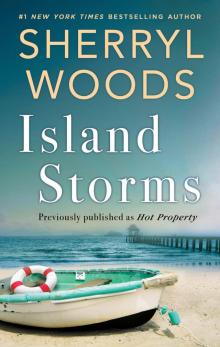 Island Storms
Island Storms White Pines Summer
White Pines Summer The Heart of Hill Country
The Heart of Hill Country Dashing Through the Mall: Santa, BabyAssignment HumbugDeck the Halls
Dashing Through the Mall: Santa, BabyAssignment HumbugDeck the Halls Seaside Lies
Seaside Lies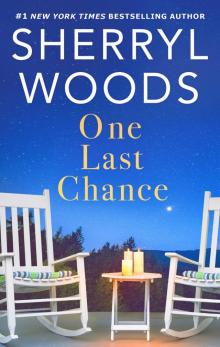 One Last Chance
One Last Chance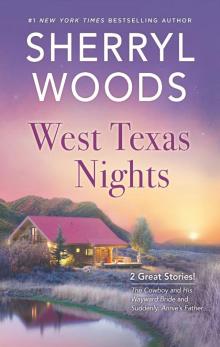 West Texas Nights
West Texas Nights Wildflower Ridge
Wildflower Ridge In Too Deep
In Too Deep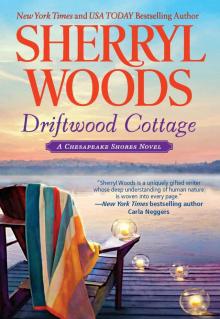 Driftwood Cottage
Driftwood Cottage Heartland
Heartland Kate's Vow (Vows)
Kate's Vow (Vows)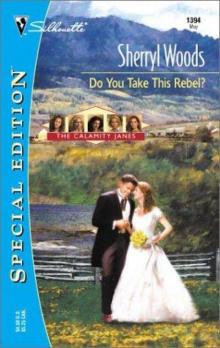 Do you take this rebel?
Do you take this rebel? Swan Point
Swan Point A Christmas Blessing
A Christmas Blessing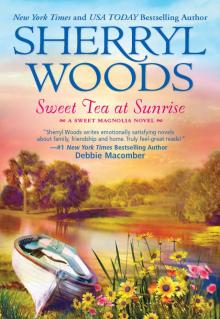 Sweet Tea at Sunrise
Sweet Tea at Sunrise Safe Harbor: A Cold Creek Homecoming
Safe Harbor: A Cold Creek Homecoming Honor
Honor What's Cooking?
What's Cooking?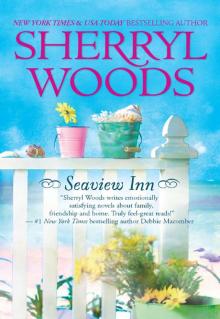 Seaview Inn
Seaview Inn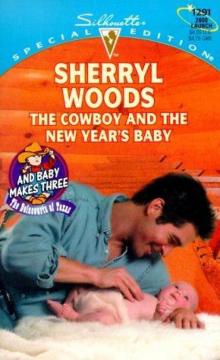 The Cowboy and the New Year's Baby
The Cowboy and the New Year's Baby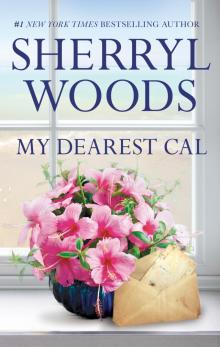 My Dearest Cal
My Dearest Cal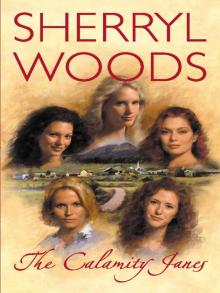 The Calamity Janes
The Calamity Janes A Daring Vow (Vows)
A Daring Vow (Vows)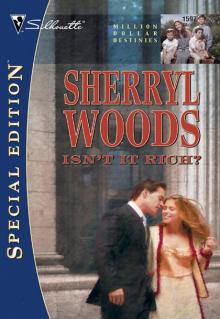 Isn't It Rich?
Isn't It Rich?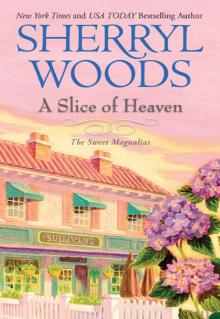 A Slice of Heaven
A Slice of Heaven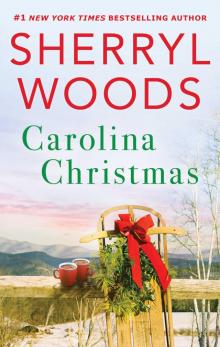 Carolina Christmas
Carolina Christmas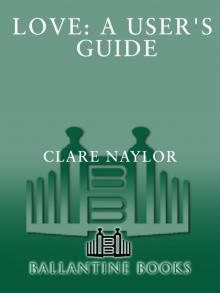 Love
Love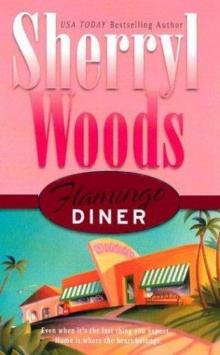 Flamingo Diner
Flamingo Diner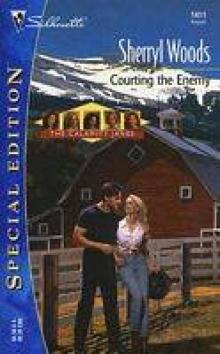 Courting the Enemy
Courting the Enemy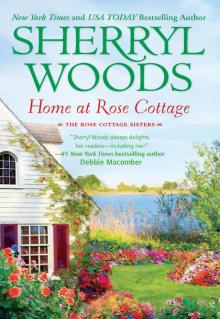 Home at Rose Cottage
Home at Rose Cottage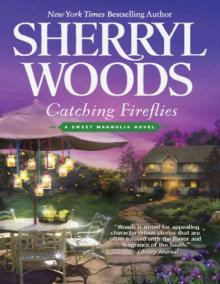 Catching Fireflies
Catching Fireflies Flowers on Main
Flowers on Main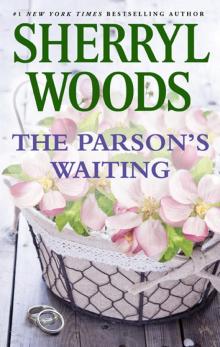 The Parson's Waiting
The Parson's Waiting To Catch a Thief
To Catch a Thief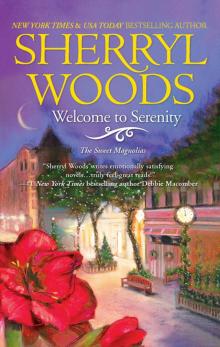 Welcome to Serenity
Welcome to Serenity Daniel's Desire
Daniel's Desire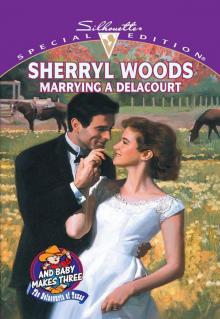 Marrying a Delacourt
Marrying a Delacourt After Tex
After Tex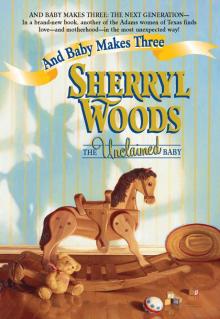 The Unclaimed Baby
The Unclaimed Baby A Chesapeake Shores Christmas
A Chesapeake Shores Christmas Destiny Unleashed
Destiny Unleashed Millionaires' Destinies
Millionaires' Destinies Mending Fences
Mending Fences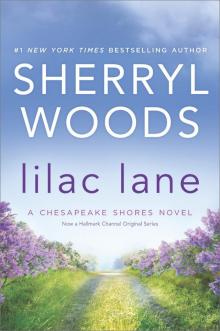 Lilac Lane
Lilac Lane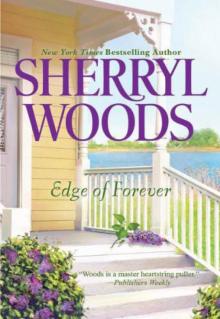 Edge of Forever
Edge of Forever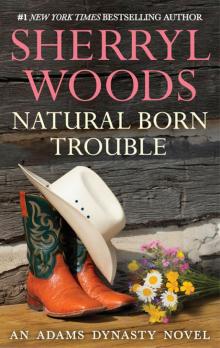 Natural Born Trouble
Natural Born Trouble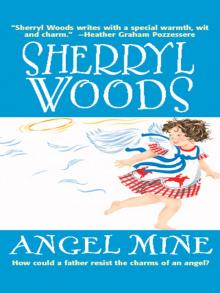 Angel Mine
Angel Mine Dogwood Hill
Dogwood Hill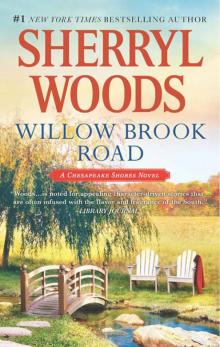 Willow Brook Road
Willow Brook Road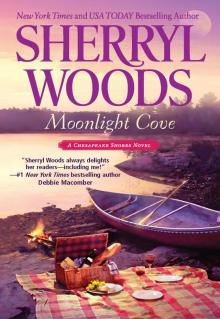 Moonlight Cove
Moonlight Cove A Vow to Love
A Vow to Love One Step Away: Once Upon a Proposal
One Step Away: Once Upon a Proposal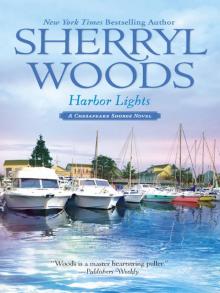 Harbor Lights
Harbor Lights The Cowboy and His Baby
The Cowboy and His Baby A Small Town Love Story--Colonial Beach, Virginia
A Small Town Love Story--Colonial Beach, Virginia Michael's Discovery
Michael's Discovery An O’Brien Family Christmas
An O’Brien Family Christmas The Laws of Attraction
The Laws of Attraction Yesterday's Love
Yesterday's Love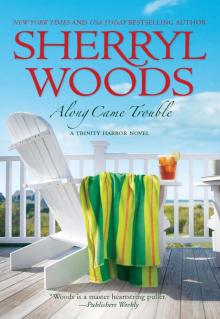 Along Came Trouble
Along Came Trouble Dream Mender
Dream Mender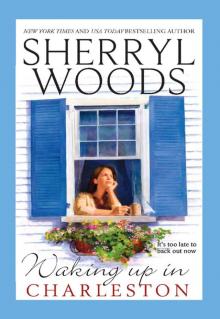 Waking Up in Charleston
Waking Up in Charleston The Christmas Bouquet
The Christmas Bouquet The Bridal Path: Danielle
The Bridal Path: Danielle Next Time...Forever
Next Time...Forever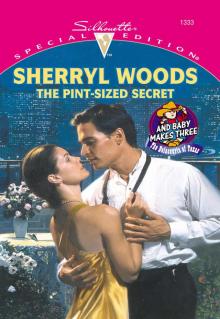 The Pint-Sized Secret
The Pint-Sized Secret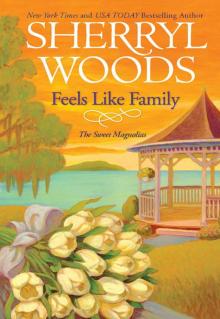 Feels Like Family
Feels Like Family A Bridge to Dreams
A Bridge to Dreams The Summer Garden
The Summer Garden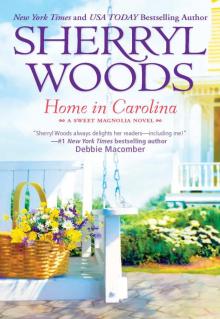 Home in Carolina
Home in Carolina Ryan's Place
Ryan's Place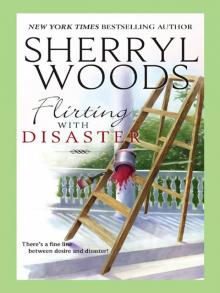 Flirting with Disaster
Flirting with Disaster Cherish
Cherish The Valentine Wedding Dress
The Valentine Wedding Dress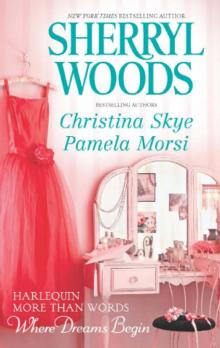 More Than Words, Where Dreams Begin: Black Tie and PromisesSafely HomeDaffodils in Spring
More Than Words, Where Dreams Begin: Black Tie and PromisesSafely HomeDaffodils in Spring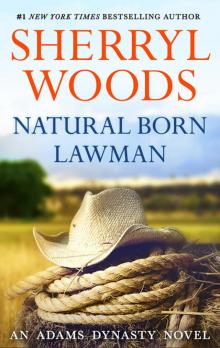 Natural Born Lawman
Natural Born Lawman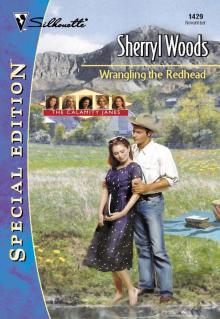 Wrangling the Redhead
Wrangling the Redhead Can't Say No
Can't Say No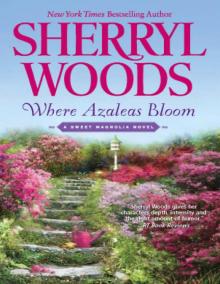 Where Azaleas Bloom
Where Azaleas Bloom Hot Property
Hot Property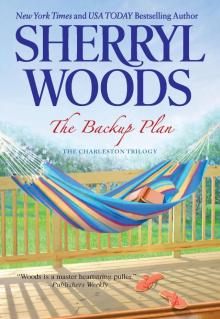 The Backup Plan
The Backup Plan Riley's Sleeping Beauty
Riley's Sleeping Beauty Hot Secret
Hot Secret Stealing Home
Stealing Home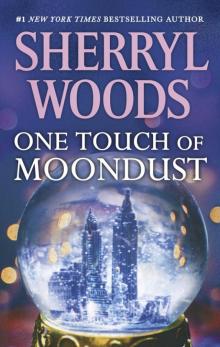 One Touch of Moondust
One Touch of Moondust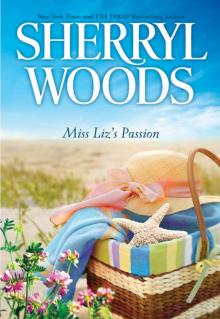 Miss Liz's Passion
Miss Liz's Passion Hot Money
Hot Money Three Down the Aisle
Three Down the Aisle Tea and Destiny
Tea and Destiny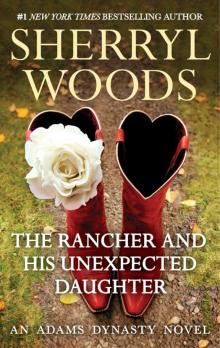 The Rancher and His Unexpected Daughter
The Rancher and His Unexpected Daughter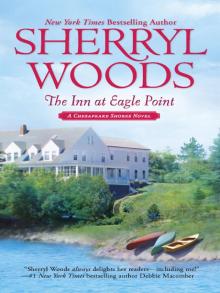 The Inn at Eagle Point
The Inn at Eagle Point Not at Eight, Darling
Not at Eight, Darling For the Love of Pete
For the Love of Pete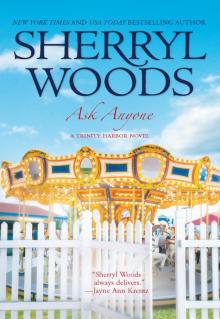 Ask Anyone
Ask Anyone Finally a Bride
Finally a Bride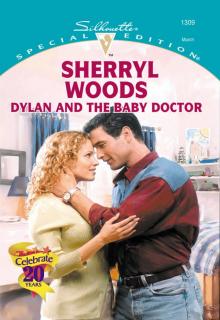 Dylan and the Baby Doctor
Dylan and the Baby Doctor The Bridal Path: Sara
The Bridal Path: Sara Treasured
Treasured Amazing Gracie
Amazing Gracie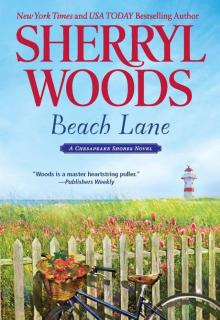 Beach Lane
Beach Lane Return to Rose Cottage
Return to Rose Cottage Sean's Reckoning
Sean's Reckoning Joshua and the Cowgirl
Joshua and the Cowgirl Hot Schemes
Hot Schemes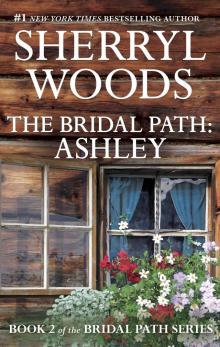 The Bridal Path: Ashley
The Bridal Path: Ashley A Love Beyond Words
A Love Beyond Words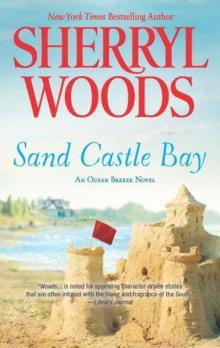 Sand Castle Bay
Sand Castle Bay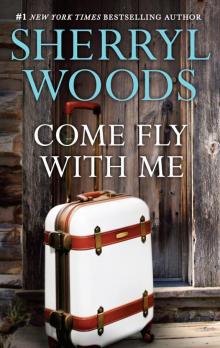 Come Fly with Me
Come Fly with Me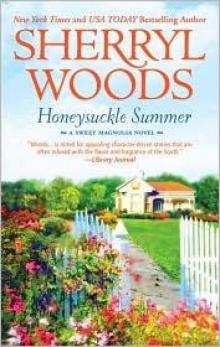 Honeysuckle Summer
Honeysuckle Summer The Delacourt Scandal
The Delacourt Scandal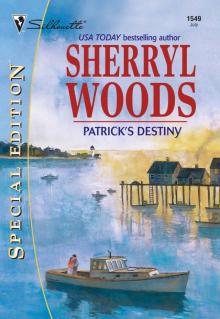 Patrick's Destiny
Patrick's Destiny About That Man
About That Man